Royal Museum for Central Africa Natural History Collections
A fascinating and enormous collection of natural history exhibits stained by a dark colonial legacy.
From its foundation, the Royal Museum of Central Africa was an institution whose primary purpose was to glorify and legitimize King Leopold’s genocidal rule of the Congo as his private property. Its construction in 1898 came at a time when the atrocities carried out by his regime sparked international condemnation, resulting in what is regarded as the first international humanitarian campaign. It led to the creation of the commission-Janssens, which investigated and confirmed the atrocities.
In 1908 King Leopold II ceded to the pressure and Congo became a colony of Belgium. The colonial regime sought to deflect criticism by attempting to portray itself in a positive light. One of the ways the colonial authorities attempted to guise their resource plundering and the brutality they inflicted on the native people was by branding their presence in the region as a “benign” bastion of “intellectual and cultural enlightenment and civilization.”
The regime’s scientific mission mainly took the form of rainforest exploration by mapping the “uncharted” territory and collecting and classifying its plants and animals. The museum sent out numerous scientific expeditions in the decades following its inception to collect thousands of specimens. These were brought back to fill the museum’s storeroom archives, where they were studied by naturalists or then put on public display.
The taxidermy exhibits have aesthetic value in their 19th-century narratives and interpretations of the natural world and scientific and taxonomical value for the species displayed. But there is also an undeniable historical lesson about the way science was misused in these carefully staged artifacts, which were designed to portray the highly controversial period of colonization in an erroneously “positive” light.
The taxidermy specimens of the RMCA lack the phenomenal naturalism of similar displays in the American Museum of Natural History in the United States or the eccentric charm of those at the Powell Cotton Museum in the United Kingdom. However, there are still some interesting specimens, such as a taxidermy African forest elephant, the obscure Okapi (a type of forest giraffe), peculiar potto (a nocturnal primate that looks like a teddy bear), and gorillas. All were assembled by the master taxidermist Rowland Ward.
The museum exhibits have undergone a decade-long restoration project, and although the old habitat dioramas can no longer be seen, the taxidermy collection is displayed within a far more educational and ecological context.
Know Before You Go
The Museum is open Tuesdays to Fridays from 11 a.m. to 5 p.m. and on weekends from 10 a.m. to 6 p.m. The entrance fee costs €12.
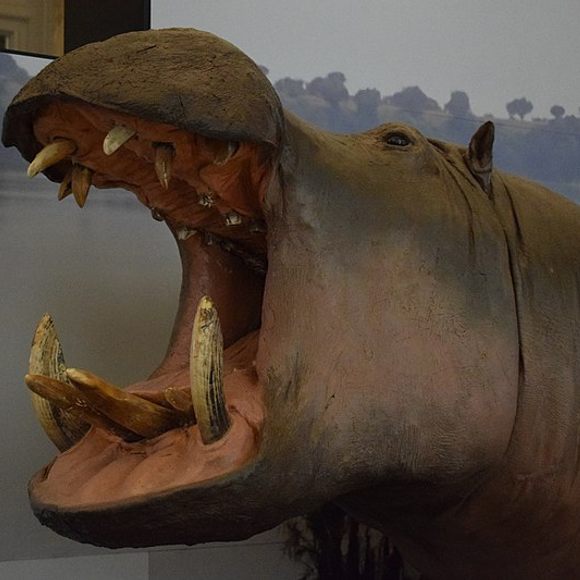





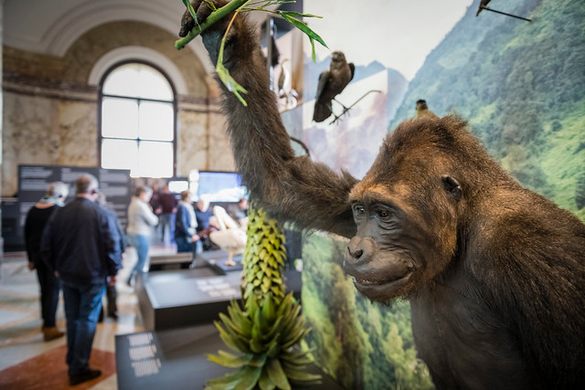
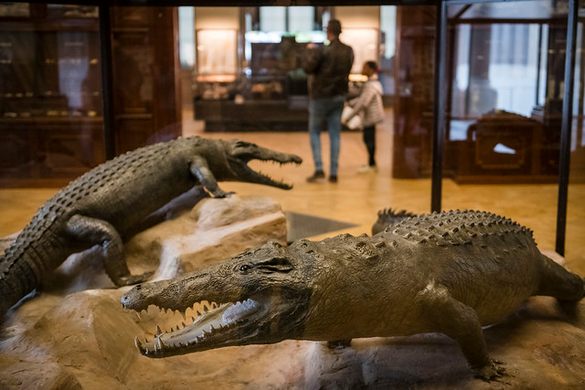



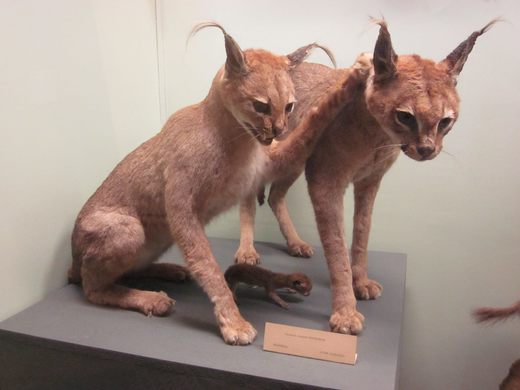
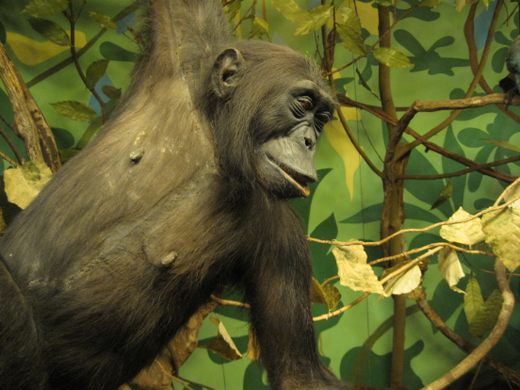



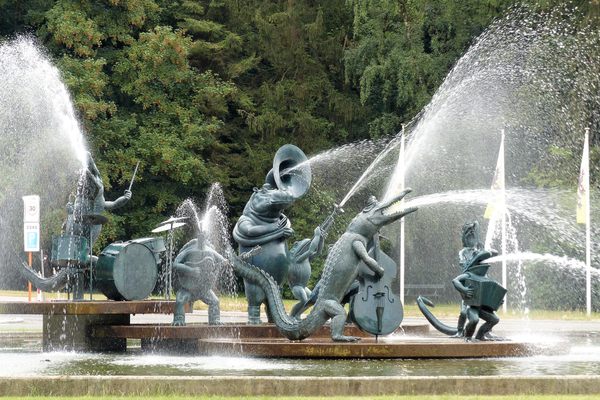
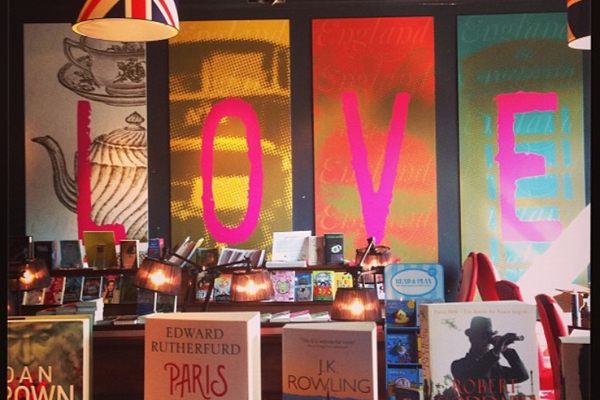




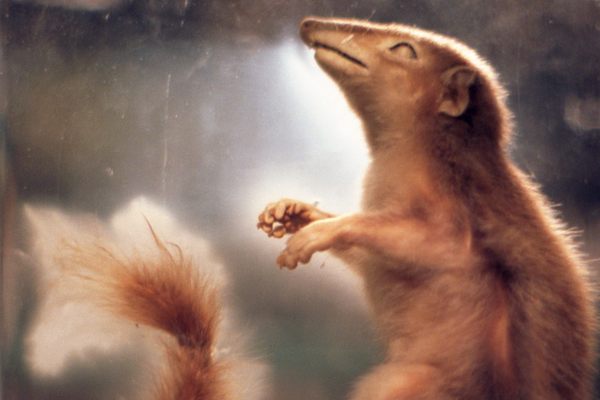


Follow us on Twitter to get the latest on the world's hidden wonders.
Like us on Facebook to get the latest on the world's hidden wonders.
Follow us on Twitter Like us on Facebook